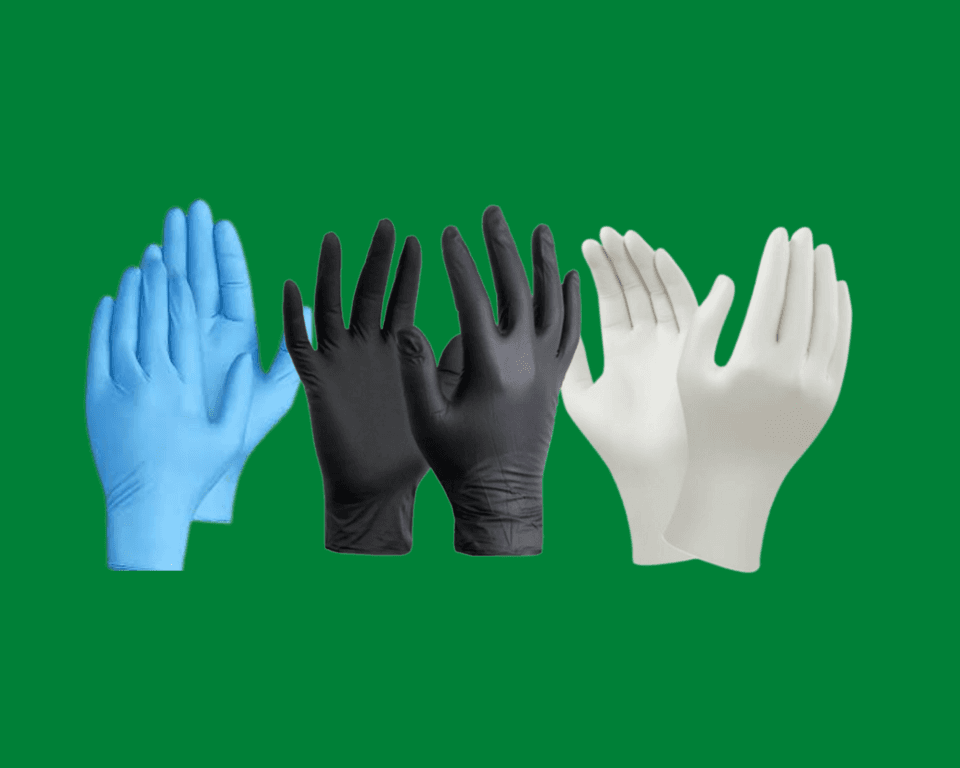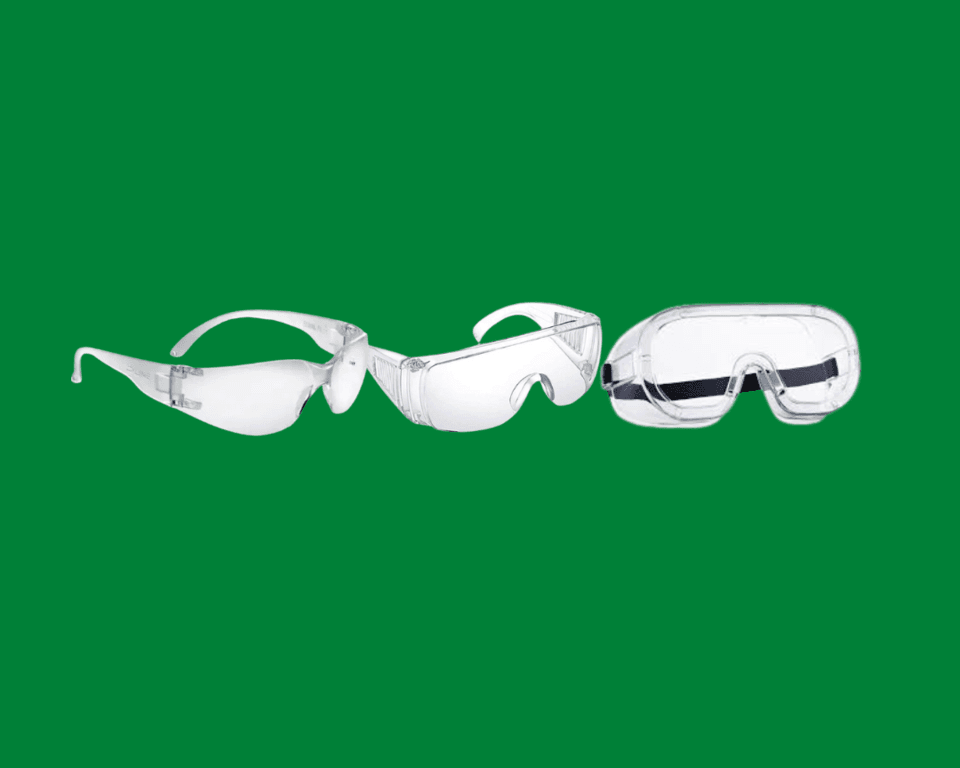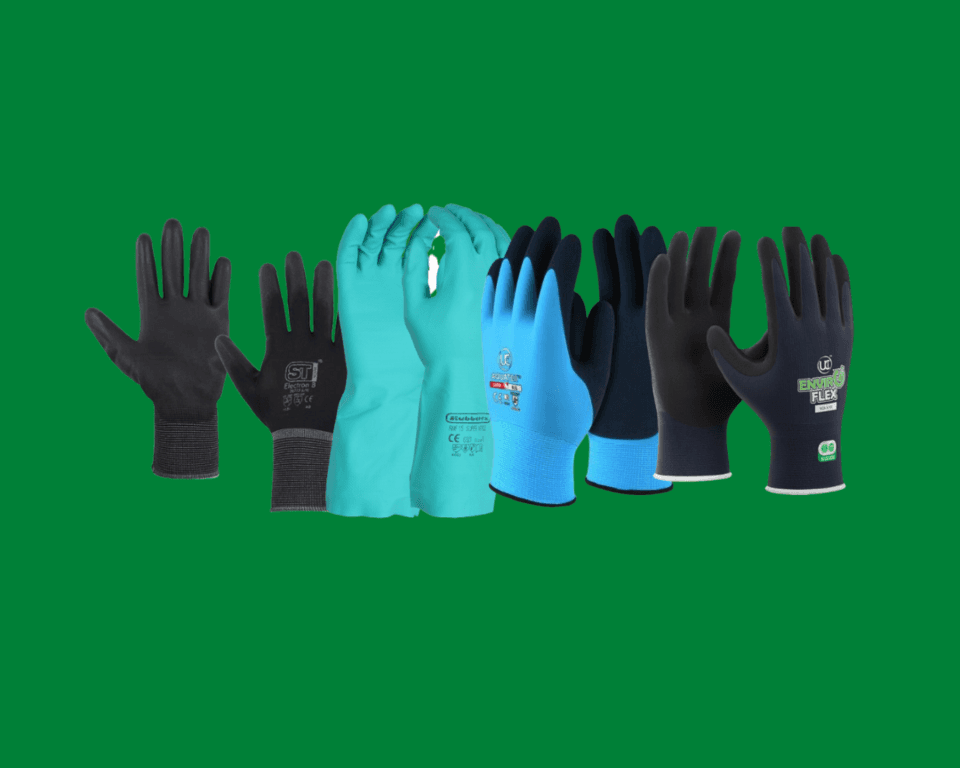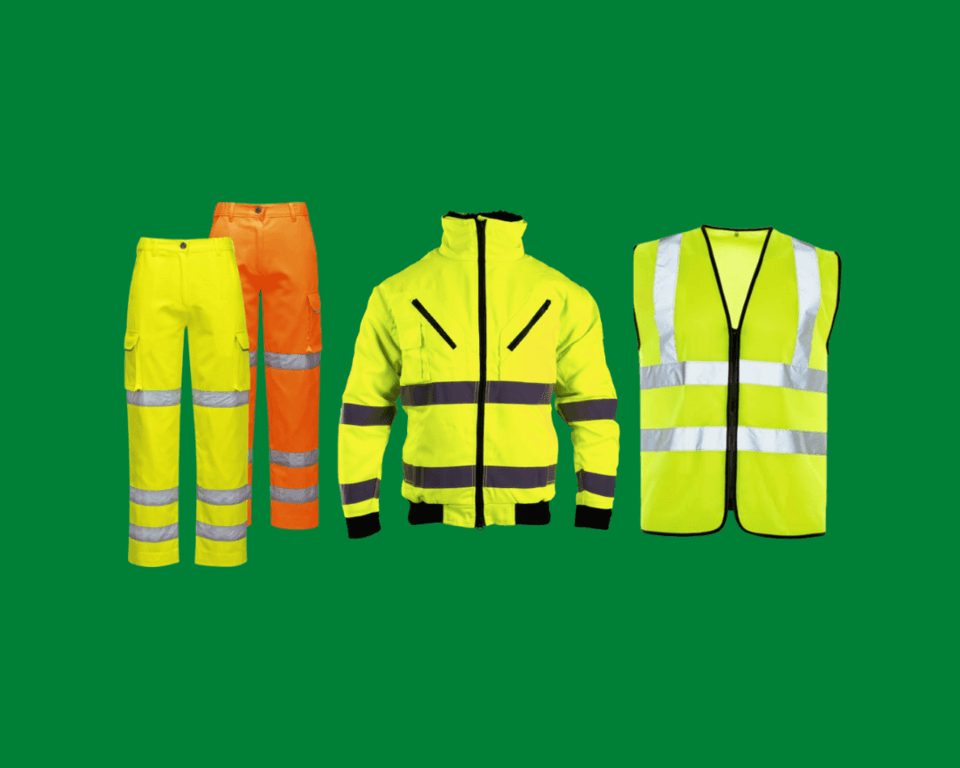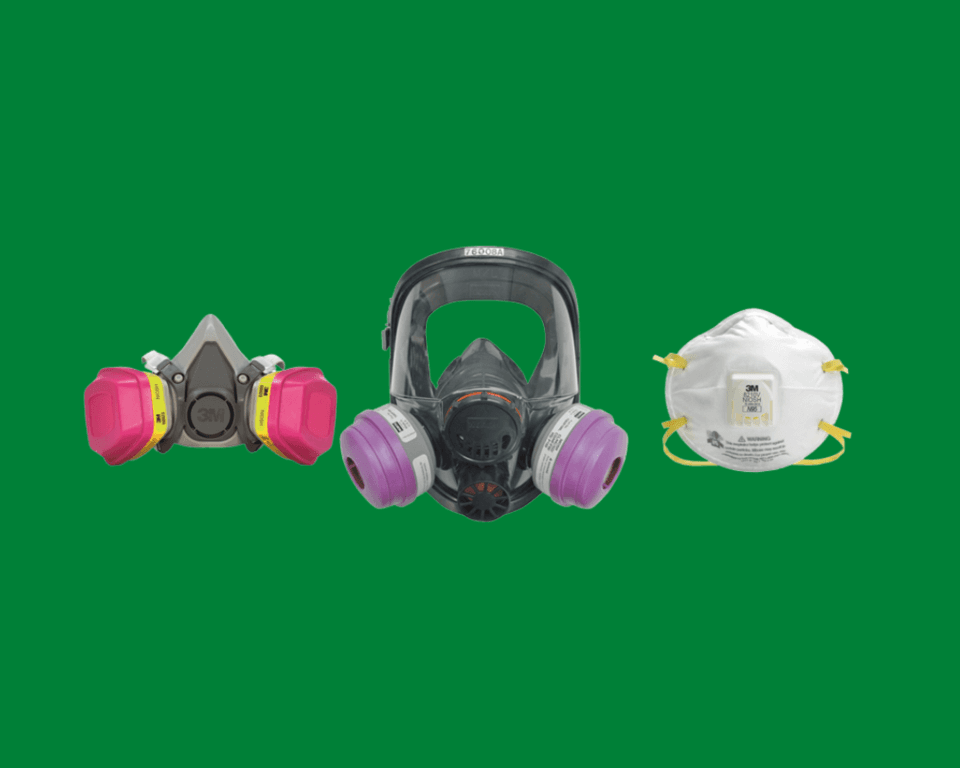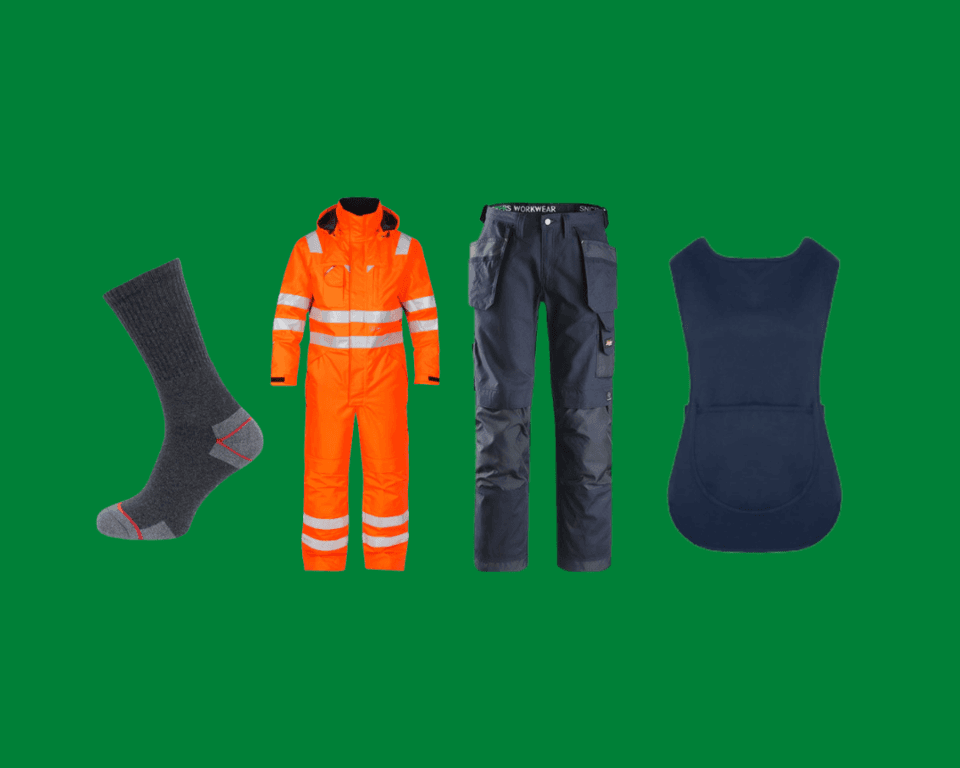Personal Protective Equipment (PPE) and Workwear
Personal protective equipment (PPE) is clothing, helmets, goggles, or other garments or equipment designed to protect the wearer from injury or illness. PPE is used in a variety of industries, including construction, manufacturing, and healthcare.
There are many different types of PPE, each designed to protect the wearer from a specific hazard. Some common types of PPE include:
- Hard hats: Hard hats protect the wearer's head from impact and falling objects.
- Safety glasses: Safety glasses protect the wearer's eyes from flying objects and chemicals.
- Ear plugs or earmuffs: Ear plugs or earmuffs protect the wearer's hearing from loud noises.
- Respirator: A respirator protects the wearer's lungs from harmful fumes and dust.
- High visibility clothing: High visibility clothing makes the wearer more visible to others, which can help to prevent accidents.
- Safety boots: Safety boots protect the wearer's feet from impact, slips, and falls.
PPE is an important part of workplace safety. By wearing the right PPE, workers can protect themselves from injuries and illnesses.
Here are some of the benefits of using PPE:
- Protection from injuries: PPE can protect workers from a variety of injuries, including head injuries, eye injuries, hearing loss, respiratory problems, and foot injuries.
- Reduced risk of accidents: By wearing the right PPE, workers can reduce the risk of accidents. This can help to keep workers safe and healthy, and it can also help to protect businesses from costly lawsuits.
- Increased productivity: Workers who feel safe and healthy are more likely to be productive. By providing workers with the right PPE, businesses can help to improve productivity and reduce absenteeism.
When choosing PPE, it is important to consider the specific hazards that workers are exposed to. The right PPE will vary depending on the industry, the job, and the specific hazards involved. It is also important to make sure that the PPE is properly fitted and worn.
Businesses have a legal responsibility to provide workers with the right PPE. OSHA requires employers to provide workers with the personal protective equipment (PPE) that is necessary to protect them from hazards in their workplace. Employers must also ensure that workers are trained on how to use the PPE properly.
By providing workers with the right PPE and training them on how to use it, businesses can help to keep workers safe and healthy. This can help to improve productivity, reduce costs, and protect businesses from legal liability.
Here are some of the things to consider when choosing PPE:
- The hazards that workers are exposed to: The first step in choosing PPE is to identify the hazards that workers are exposed to. This information can be obtained from the employer, the job safety analysis, or the manufacturer of the PPE.
- The type of PPE that is needed: Once the hazards have been identified, the next step is to choose the type of PPE that is needed to protect workers from those hazards. There are many different types of PPE available, so it is important to choose the type that is right for the job.
- The fit and comfort of the PPE: It is important to make sure that the PPE fits and is comfortable for the worker to wear. If the PPE is not properly fitted, it may not be effective in protecting the worker.
- The training of workers on how to use the PPE: It is important to train workers on how to use the PPE properly. This training should include information on how to put on and take off the PPE, how to inspect the PPE for damage, and how to use the PPE in the event of an emergency.
By following these tips, businesses can help to ensure that workers are properly protected with the right PPE.
© Reedkleen 2024.
Registered in England #02674271
Registered VAT Number: GB 686 3105 25
An indicoll website
Privacy PolicyCookie PolicyDisclaimerAccessibility

